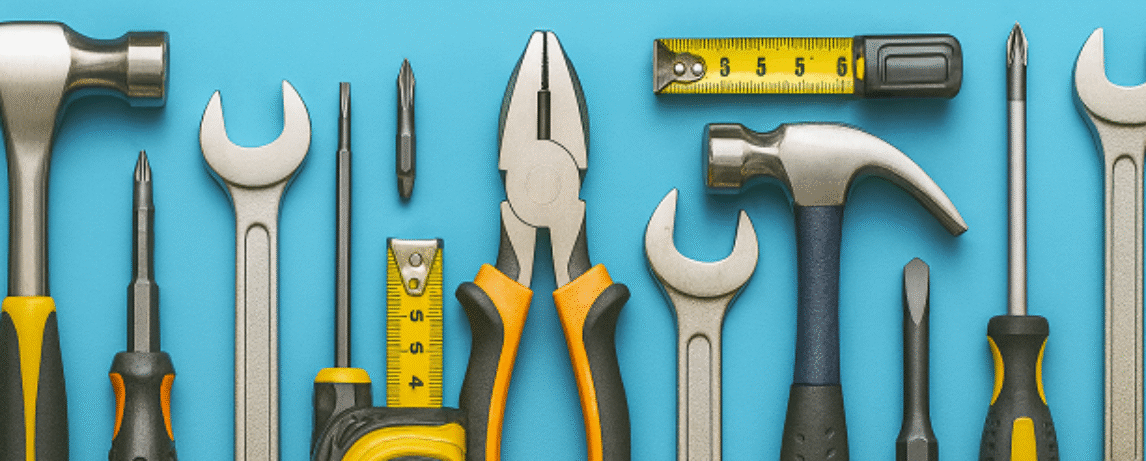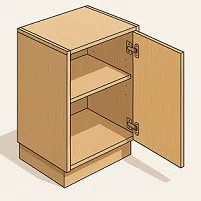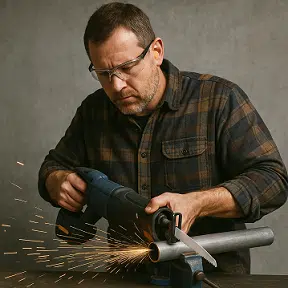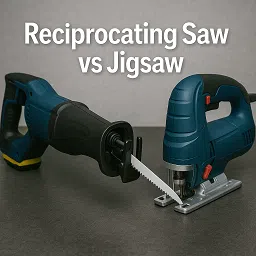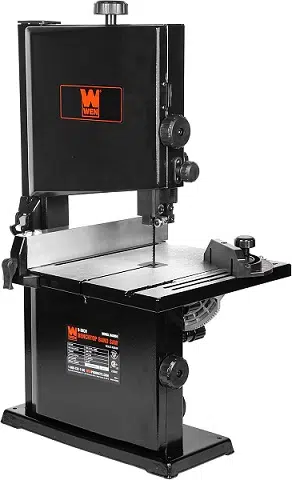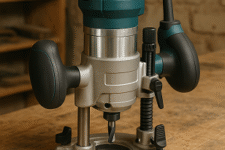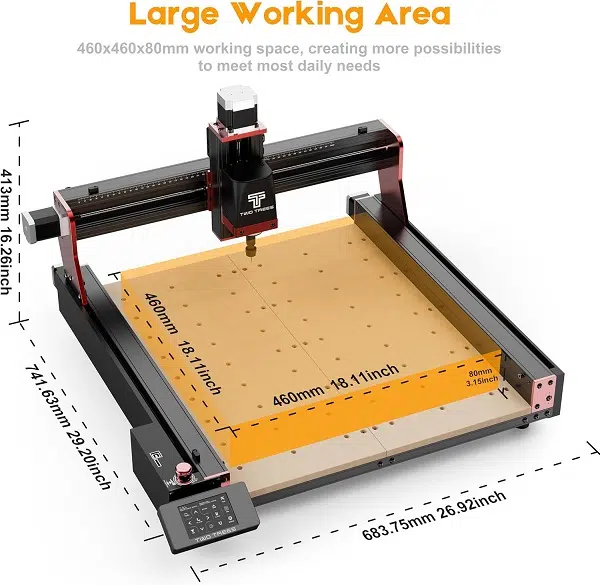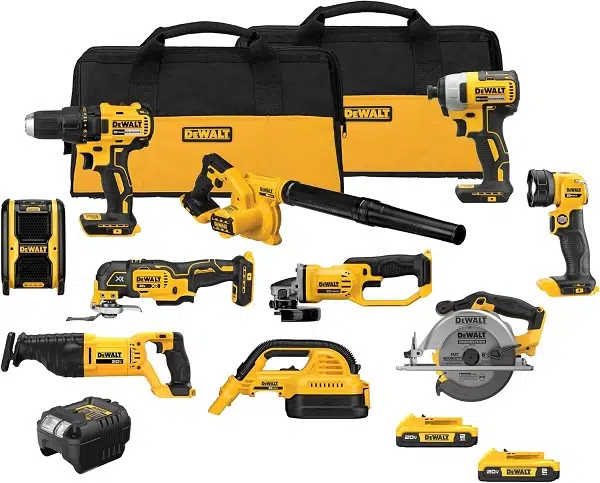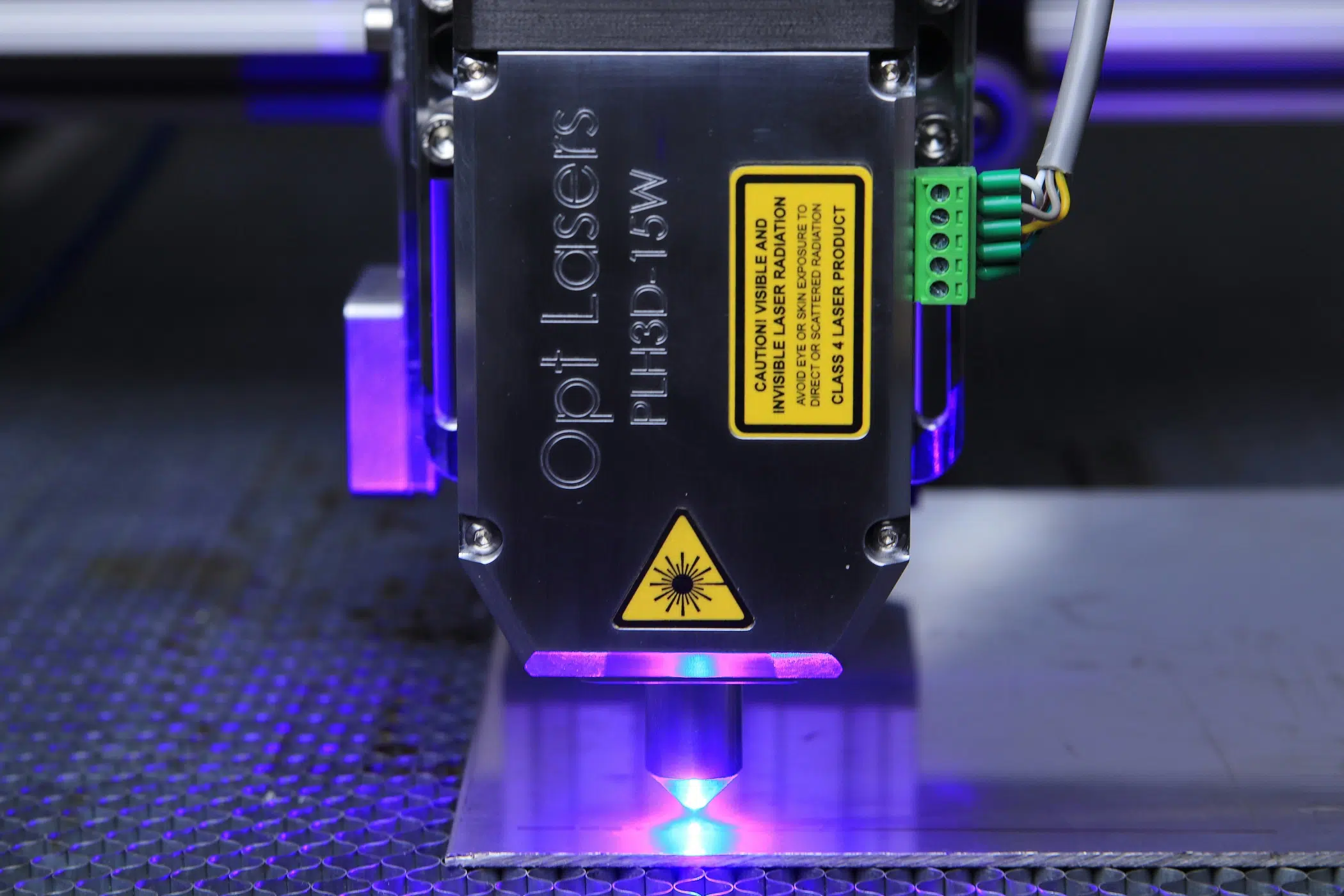
Introduction
Table of Contents
If you’re wondering what can you make with a CNC router, the short answer is: far more than plywood signs. Modern machines turn CAD files into precise parts across wood, plastics, foams, and even thin non‑ferrous metals. Below you’ll find audience‑specific project ideas, material/tooling guidance, and best practices so you can go from sketch to shippable part with confidence.
The honest response to the question “what can you make with a CNC router?” is “almost anything flat or laminated—and a surprising amount of 3D.”D.” From beginner fixtures and flat‑pack furniture to lab brackets and architectural details, the same router can move from classroom prototypes to production‑ready parts simply by changing material, bit, and toolpaths.
If you’re still wondering what can you make with a CNC router, start with simple beginner CNC router projects on a hobby CNC router—you’ll be surprised how quickly templates, fixtures, and real parts come together.

High‑Value Project Categories (with Examples)
1) Furniture & Cabinetry (Workshops, Production, Students)
- Flat-pack furniture, shop cabinets, drawer fronts, and speaker enclosures.
- Use nested‑based manufacturing to cut full sheets efficiently; label parts with V‑engraved text for assembly.
- Joinery options: dados, rabbets, mortises, and pocketing for knock‑down hardware—classic CNC woodworking.
For cabinetry and flat-pack builds, plywood cutting and MDF cutting shine on a router; a bit of toolpath optimization can reduce cycle time and material waste through smart, zero-waste nesting.
When you map parts directly from your CNC router templates, you get consistent joints and faster assembly—an easy, practical answer to what can you make with a CNC router for production or student shops.
2) Sign Making & Branding (Shops, Model Makers, Students)
- Carved house signs, retail logos, instrument nameplates, and 3D plaques.
- V‑carving for crisp lettering and 3D relief carving and inlays for premium finishes.
- Acrylic cutting for backlit signage; finish edges by progressive sanding and buffing.
To keep letters crisp and edges clean, set a good post processor for your machine, then finish edges with a quick scrape and sand; that polish is what turns basic signs into premium CNC router projects.

3) Prototypes & Architectural Models (Labs, Students, Model Makers)
- Scale façades, terrain bases, wind‑tunnel maquettes, and robot chassis plates.
- Foam and wood for quick shape studies; engineering plastics for “functional prototypes.”
For labs and model shops wondering what can you make with a CNC router, think beyond foam: polycarbonate machining for instrument panels, ABS sensor mounts, and thin aluminum machining for faceplates are all fair game with the right chip load and workholding. The ability to iterate in hours—change a hole pattern, adjust a pocket depth, re‑cut a contour—turns rough ideas into testable hardware fast.
4) Fixtures, Jigs & Workholding Aids (Workshops, Production, Labs)
- Drill guides, assembly nests, inspection templates, and vacuum pods. Router‑cut fixture plates reduce setup time and improve repeatability.
Production teams asking what can you make with a CNC router often overlook the highest‑ROI items: drill jigs, assembly nests, inspection gauges, and even packaging cradles. These “quiet” tools cut setup time, reduce scrap, and standardize quality—benefits that ripple across stations without buying any new machines.
Pair a vacuum table with T‑track clamps for flexible workholding; reducing vibration and collet runout improves hole positions and makes repeat jobs nearly foolproof.
5) Plastics, Composites & Non‑Ferrous Metals (Shops, Labs, Production)
- For cutting boards and machine guards, use HDPE machining; for bushings and sliders, use Delrin/Acetal; and for faceplates, brackets, and panels, use aluminum machining.
- Use conservative feeds and speeds with a proper chip load to avoid melting plastic; mist or air blast helps with chips.
In plastics, a single‑flute end mill and light air blast prevent melting, while onion skinning your final pass keeps small parts from moving—two small tweaks that pay off fast.
6) Packaging & Inserts (Production, Model Makers)
- Custom foam inserts, corrugated trays, and tool shadow boards that align with part outlines are examples of this. These products are ideal for promoting 5S/lean organization and providing shipping protection.

7) Automotive, Marine & Hobby (Shops, Students, Model Makers)
- These products include gaskets, dash panels, instrument bezels, RC airplane ribs, and UAV frames.
- Thin aluminum and polycarbonate panels cut well with the right end mills.
8) Lab Equipment & Research Tooling (Research Laboratories, Production)
- We utilize sensor mounts, microfluidic test rigs made from plastics, enclosure panels, and optical adapters.
- PCB isolation routing is possible on small routers (FR‑1/FR‑4) for rapid electronics experiments.
Materials & Tooling: What Works Best
Common materials: plywood, MDF, hardwoods, acrylic, HDPE, ABS, polycarbonate, urethane foam, aluminum, and brass (thin).
Essential cutters:
- Upcut and downcut end mills (clean bottom vs. clean top), a compression bit (clean both faces of plywood), a ball nose bit (3D contours), V‑bits (lettering), and a surfacing pass tool for the spoilboard.
Before a big run, add a quick spoilboard surfacing pass to guarantee Z‑height accuracy; it’s a simple prep step that upgrades the finish on everything from acrylic panels to hardwood inlays.
Toolpath basics:
- 2D profiling with tabs and bridges, 2.5D pocketing, 3D finishing with a ball‑nose, and climb milling often improve finish in plastics and aluminum.
Workflow: From CAD to Part
- Design: Create the model/drawings (DXF, STEP).
- CAM software: Generate toolpaths (e.g., pocket, profile, V‑carve) and set feeds and speeds for your material.
Simulate toolpaths to catch collisions and verify feeds and speeds; good toolpath simulation plus the correct post processor often saves more time than any hardware upgrade. - Post‑process: Export G‑code with the correct post for your controller.
- Setup & workholding: Align your stock, and use clamps, screws, tape‑and‑CA, or a vacuum table; surface your spoilboard.
- Cut: Dry‑run above the stock. Watch chips, not dust—chips mean correct chip load.
- Finish: Break edges, sand, seal MDF, polish acrylic, or anodize/paint metal as needed.
Audience‑Specific Tips
Technical Workshop Operators
- Standardize ER collet sizes and keep a dedicated spindle upgrade or trim‑router spare.
- Track cycle times and scrap; optimize nest layouts for nested‑based manufacturing.
For teams asking what can you make with a CNC router at scale, standard job cards with material, cutter, and toolpath optimization notes make repeat runs faster and more consistent.
Engineering Students
- Use router time to understand tolerance stacks, deflection, and tool wear.
- Experiment with stepper vs. servo axes to see how control systems affect accuracy.
Documenting assumptions—bit deflection, collet runout, and chip load—turns class exercises into publishable results and helps you communicate design intent in capstone reviews.
Research Laboratories
- Cut custom fixturing plates and enclosures that align with sensors and optics; log parameters to ensure repeatability.
- For plastics, use single‑flute cutters and climb milling to reduce burrs that can interfere with experiments.
Production Departments
- Convert templates to digital; maintain a library of proven toolpaths for quick changeovers.
- Add dust shoes and centralized dust collection to protect machines and meet compliance.

Model Makers
- Combine 3D relief carving for terrain with laser‑cut overlays for fine text.
- Use light foams for bulk and thin hardwood veneers for visible surfaces; inlays add realism.
Safety, Maintenance & Quality
- Safety PPE: eye/hearing protection and a respirator—especially with MDF and composites.
- Dust collection: pair a dust shoe with a cyclone separator; empty bins before they choke airflow.
Add a simple dust boot and keep filters clear; clean chips make longer bit life, smoother edges, and a more professional answer to what can you make with a CNC router in a busy lab?. - Maintenance: clean rails, check tram/squareness, tighten fasteners, and resurface the spoilboard periodically.
- Quality checks: measure parts, square edges, and record offsets; small tweaks in feeds and speeds can transform edge quality.
Buying & Upgrades (Brief)
- Prioritize rigidity and motion components; if budget allows, go spindle upgrade over consumer routers for lower runout and quieter operation.
- Consider machine size (bed area), controller ecosystem, and after‑sales support.
- Accessories that pay back quickly: vacuum pump, clamps, probe, and high‑quality ER collet set.

FAQ
Can a router cut aluminum?
Yes—use the right cutter, conservative feeds, good chip evacuation, and a mist/air blast. Keep depths shallow.
How accurate are hobby routers?
With good setup and tooling, ±0.1–0.25 mm (±0.004–0.010″) is common; pro machines do better.
Router vs laser?
Routers excel at thicker materials, 3D shaping, and structural parts; lasers shine for thin sheets and crisp edges in acrylic/wood with minimal sanding.
Final Thoughts
The possibilities of what can you make with a CNC router span from rugged shop fixtures to showpiece furniture and precision lab components. So what can you make with a CNC router once your process is dialed in? Start with the parts that slow you down today—templates, trays, brackets—and let the router earn its keep; then expand into furniture, signage, and research fixtures as your toolpath library, feeds and speeds, and material playbook mature. As your library grows, so does your capability—and your return on the machine.
Part 2: What Can You Make With a CNC Router? Plastics, Metals & More (Hobbyist Guide)
Foundations
When friends ask me what can you make with a CNC router, I pull out a stack of weekend projects: a flat‑pack shoe rack, a headphone stand, and a laser‑engraved‑look sign I actually V‑carved on the router. I started on scrap MDF and plywood, learning tabs, bridges, and basic CAM software the hard way (hint: simulate first). That first clean pocket cut was addictive—suddenly templates and jigs I used to buy became quick evening builds.
Shop Upgrades
If you’re new and wondering what can you make with a CNC router, try simple shop upgrades first: a custom drill‑bit caddy, French cleat panels, and a zero‑clearance insert for your table saw. These beginner CNC router projects teach feeds and speeds, workholding with T‑track clamps, and why a surfaced spoilboard matters. You’ll get comfortable swapping end mills—downcut for clean veneers, compression bits for plywood—without risking expensive hardwood.
Gifts
My family’s favorite answer to what can you make with a CNC router is “gifts.” Personalized coasters, name plates, and cutting boards (end‑grain looks great after a gentle surfacing pass) feel pro once you add a quick V‑carve and mineral‑oil finish. I keep a small library of SVG/DXF files so I can batch out sets before birthdays or holidays.
Plastics
Plastics opened a new chapter in what can you make with a CNC router for me—edge‑lit acrylic signs, camera mounts, even drawer dividers that snap into 3D‑printed corners. A single‑flute end mill, proper chip load, and a steady air blast keep acrylic from melting, and flame‑polishing the edges makes customers think it was cut on a laser. Polycarbonate is tougher but brilliant for impact‑resistant panels.
Metals
Light metals are totally doable, and they expand what can you make with a CNC router into brackets, faceplates, and small machine parts. When working with aluminum, using shallow stepdown, mist or air cooling, and conservative ramp-ins helps prevent chatter; additionally, climb milling often results in a cleaner wall. I upgraded to quality ER collets to reduce runout, and the difference in tool life was obvious.
Fixtures
Honestly, the biggest ROI answer to what can you make with a CNC router is fixtures: drill jigs, assembly nests, and packaging cradles that speed every other job. I design flat parts with zero‑waste nesting, label each piece with a tiny V‑engrave, and they pop out ready to use. Add a dust boot and decent dust collection so your rails and bearings stay happy.
Finishing
Finishing is where your pieces stop looking “CNC” and start looking handmade, which changes what can you make with a CNC router in people’s minds. With just a few toolpath tweaks, you can achieve gallery-grade results with a quick 3D relief carve on walnut, an inlay of maple or brass, followed by oil and wax. Don’t skip a light surfacing pass; consistent Z makes glue-ups and inlays disappear.
Community
Community answers a lot of what can you make with a CNC router questions you didn’t know to ask. Share your toolpath settings, try other makers’ files, and keep a notebook of successful recipes for MDF cutting, acrylic edging, and aluminum pocketing. As you grow, a spindle upgrade and better stepper/driver tuning buy more precision than chasing a bigger machine too soon.
cnc mini router
